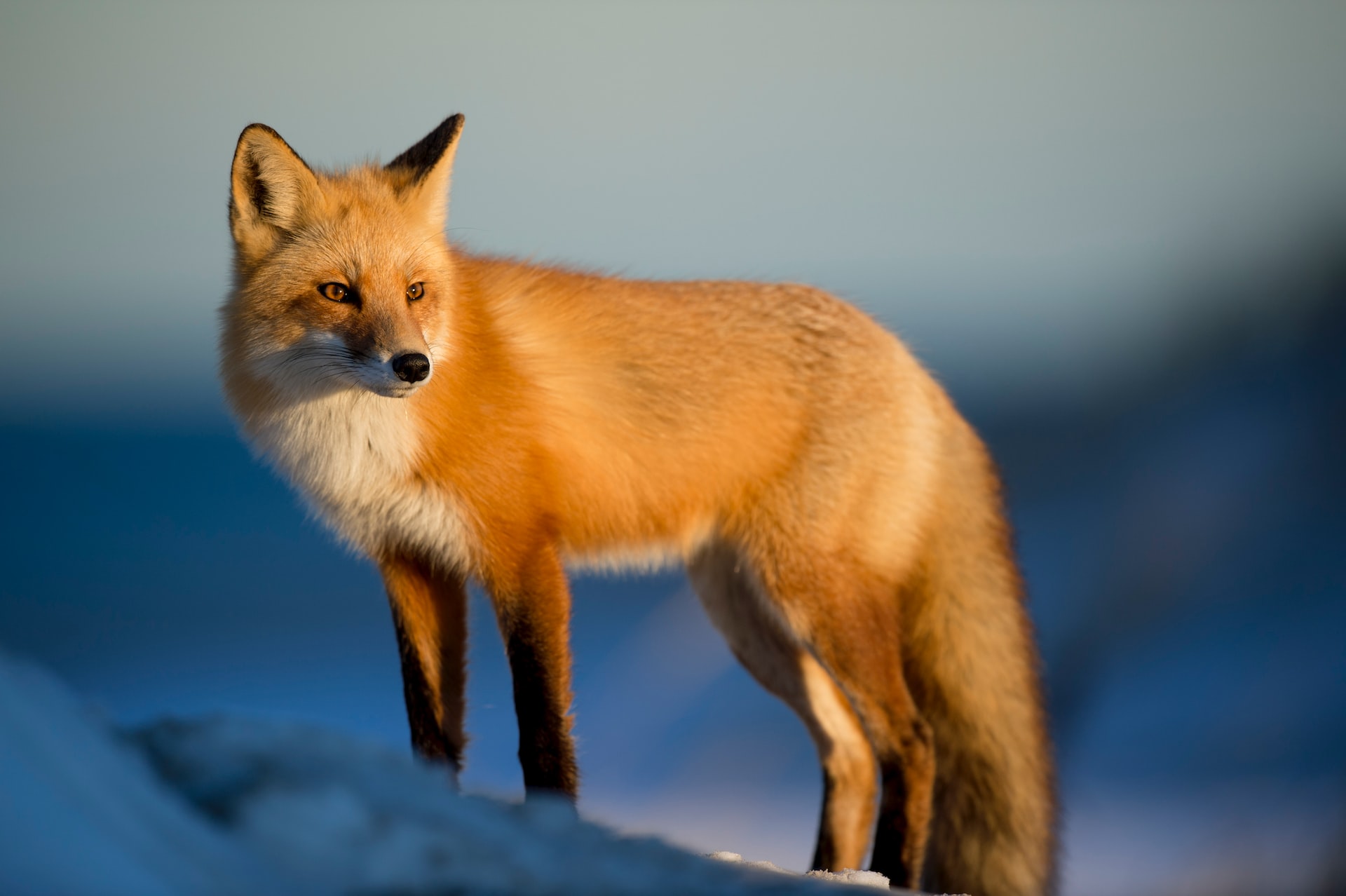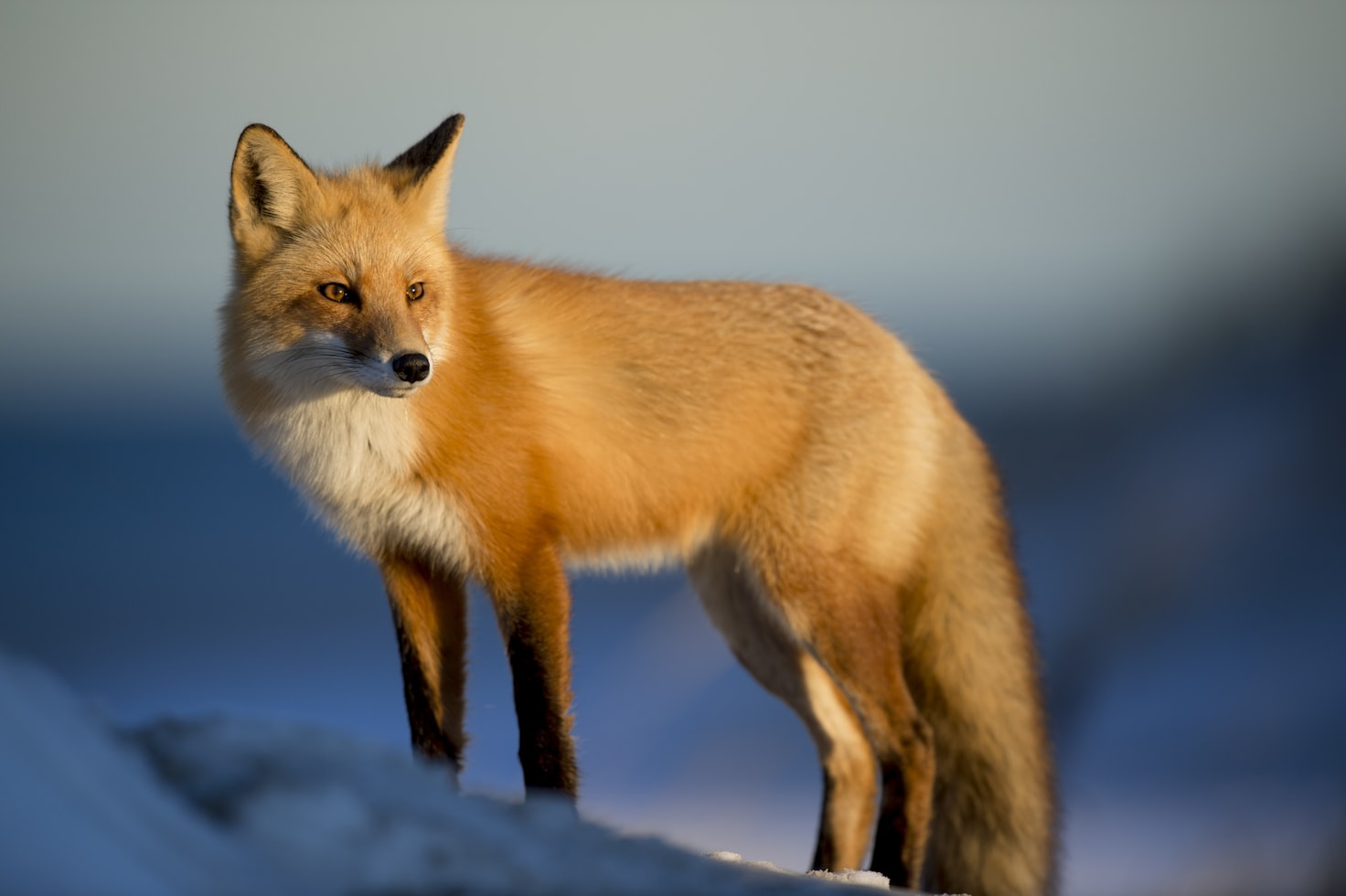The Impact of Climate Change on Animal Populations and Habitats

Climate change is one of the most significant environmental challenges facing the planet today, and its impact on animal populations and habitats is both widespread and significant.
Impact on Animal Populations
Climate change is having a significant impact on animal populations around the world. As temperatures rise and weather patterns change, animals are being forced to adapt to new and often hostile environments. Some of the ways in which climate change is impacting animal populations include:
Changing migration patterns
As temperatures and weather patterns change, many animals are being forced to alter their migration patterns. For example, as the Arctic warms, polar bears are being forced to spend more time on land, which makes it more difficult for them to find food and reproduce.
Loss of habitat
As temperatures and weather patterns change, many animals are losing their habitats. For example, as the oceans warm, coral reefs are dying, which is having a devastating impact on the many species that depend on them for food and shelter.
Increased competition for resources
As temperatures and weather patterns change, many animals are having to compete for resources that are becoming increasingly scarce. For example, as the Arctic warms, polar bears are having to compete with grizzly bears for food and territory.
Increased risk of disease
As temperatures and weather patterns change, many animals are at an increased risk of disease. For example, as the oceans warm, many marine species are becoming more susceptible to diseases that they would normally be able to resist.

Impact on Habitats
Climate change is also having a significant impact on animal habitats around the world. As temperatures rise and weather patterns change, many habitats are becoming uninhabitable for the species that depend on them. Some of the ways in which climate change is impacting animal habitats include:
Loss of biodiversity
As temperatures and weather patterns change, many habitats are becoming less diverse. For example, as the oceans warm, coral reefs are dying, which is having a devastating impact on the many species that depend on them for food and shelter.
Loss of productivity
As temperatures and weather patterns change, many habitats are becoming less productive. For example, as the Arctic warms, the tundra is becoming less able to support the many species that depend on it for food and shelter.
Increased risk of fires
As temperatures and weather patterns change, many habitats are becoming more susceptible to fires. For example, as the tundra dries out, it is becoming more susceptible to fires, which can have a devastating impact on the many species that depend on it for food and shelter.
Increased risk of flooding
As temperatures and weather patterns change, many habitats are becoming more susceptible to flooding. For example, as the sea level rises, many coastal habitats are becoming more susceptible to flooding, which can have a devastating impact on the many species that depend on them for food and shelter.
Potential Consequences
The impacts of climate change on animal populations and habitats have the potential to be far-reaching and devastating. Some of the potential consequences of these impacts include:
Loss of biodiversity
As animal populations and habitats are impacted by climate change, the planet is becoming less diverse. This loss of biodiversity can have a devastating impact on the planet’s ecosystems and on the many species that depend on them for food and shelter.
Loss of ecosystem services
As animal populations and habitats are impacted by climate change, the planet’s ecosystems are becoming less able to provide the services that we depend on. For example, as coral reefs die, the ocean’s ability to absorb carbon dioxide is reduced, which exacerbates climate change.
Economic impacts
The loss of biodiversity and ecosystem services can have a significant economic impact. For example, the decline of coral reefs can negatively impact the fishing and tourism industries.
Food security
As climate change impacts animal populations, it can also impact food security. For example, as fish populations decline due to the loss of coral reefs, it can lead to a shortage of food for coastal communities.
Displacement of human populations
As habitats are lost and altered, it can lead to the displacement of human populations. For example, as coastal areas are flooded due to sea level rise, it can force people to move to higher ground.
It is important to note that the impacts of climate change on animal populations and habitats are complex and interconnected. The loss of one species or habitat can have cascading effects on other species and habitats. Therefore, it is crucial to take action to mitigate the effects of climate change and protect animal populations and habitats.
References:
- AR5 Climate Change 2014: Impacts, Adaptation, and Vulnerability — IPCC
- Climate Change 2014 – Impacts, Adaptation and Vulnerability: Part A: Global and Sectoral Aspects
- (PDF) Climate change 2014: impacts, adaptation, and vulnerability – IPCC WGII AR5 summary for policymakers
- IPCC, 2014a: Climate Change 2014: Impacts, Adaptation, and Vulnerability. Part A: Global and Sectoral Aspects.
- Extinction risk from climate change
- Ecosystems AND HUMAN WELL-BEING





